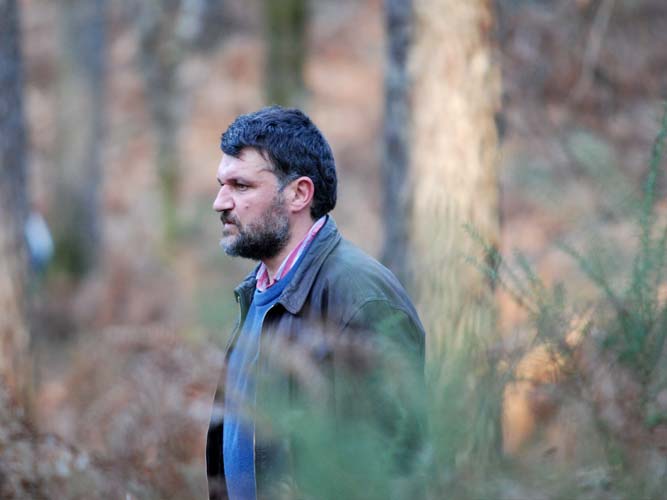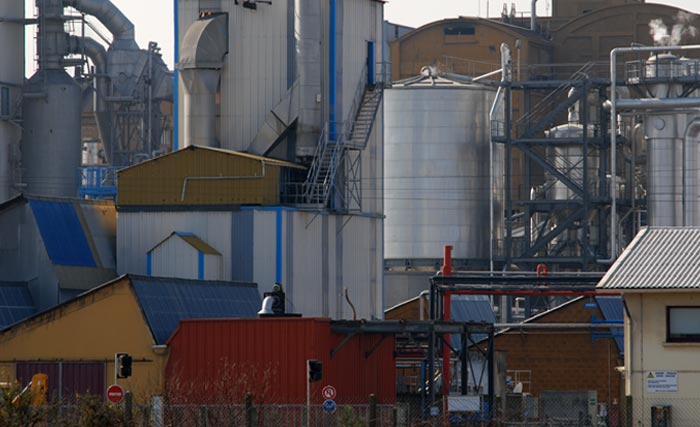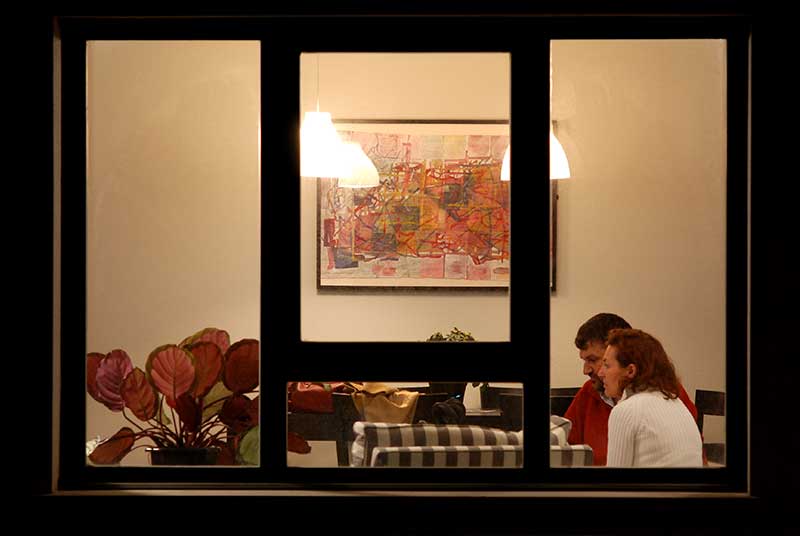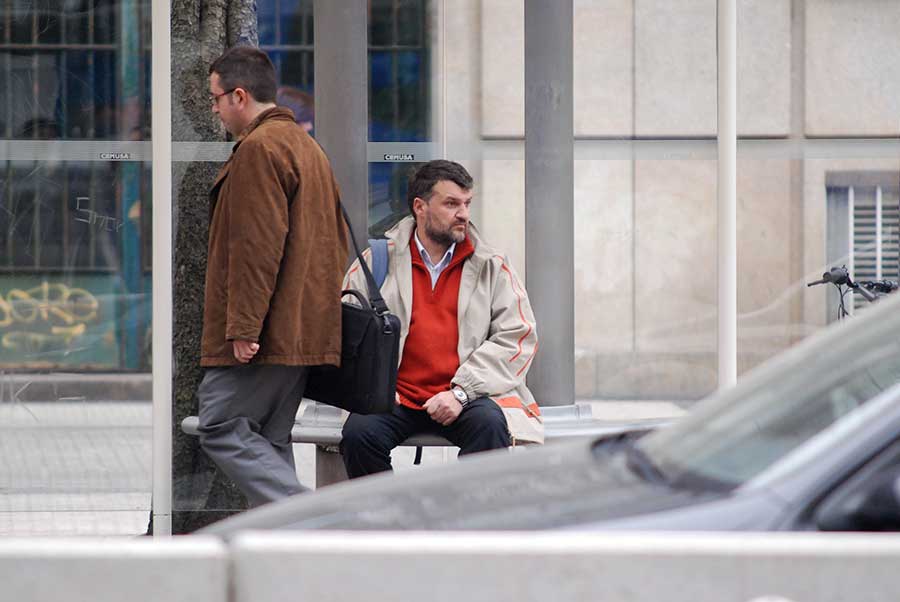

Bullet in the Head
Jaime Rosales
2008
Synopsis
One day like any other. An accidental encounter at a road coffee bar. Three ETA terrorists kill two off-duty civil guards.
“The purpose of a movie resides, on the other hand, more in the presentation of the problem than the offering of a solution.”.
Orson Welles
TECHNICAL DATA
Original title: TIRO EN LA CABEZA
Year: 2008
Director: Jaime Rosales
Production countries: Spain and France
Shooting Format: 35mm, color
Length: 84 min
Shooting Locations: San Sebastián and the South of France
Production Companies:
Fresdeval Films (España)
Wanda Vision (España)
Les Productions Balthazar (Francia)
With the participation of:
ICAA (Ministerio de Cultura)
ICEC (Generalitat de Catalunya)
TVC (Televisió de Catalunya)
International Sales: The Match Factory
Spanish distributor: Wanda Vision
WORLD PREMIERE
San Sebastián International Film Festival 2008
SPANISH PREMIERE
3 de Octubre de 2008
2008
Fotograma de Plata: Best Film
San Sebastián International Film Festival: Official Selection, FIPRESCI Critic’s Award
Festival Cine Horizontes, Marsella: Jury’s Special Mention
IFF London
Cinepur Choice IFF
Prague/Olomouc/Brno
2009
Rotterdam IFF
Göteborg IFF
Cartagena IFF
Colombia IFF
Miami IFF
Festivalissimo
Canada IFF
San Francisco IFF








ION: Ion Arretxe
LARA: Íñigo Royo
GARBIÑE: Jaione Otxoa
SUSANA: Ana Vila
PEDRO: Juanma Calderón
ROSA: Patricia Mendy
GERMÁN: Miguel Guardiola
ASUN: Asun Arretxe
ANE: Nerea Cobreros
FRIEND: José Ángel Lopetegui
LAWYER 1: Mikel Tello
LAWYER 2: Manza Gebara
TRAPERO: Iván Moreno
MAQUEDA: Diego Gutiérrez
STEPHANIE: Stephanie Pecastaing
FRANCE HOUSE OWNER: Monique Durin-Noury
FRANCE HOUSE OWNER: Gilles Vaxelaire
Director and Screenplay: Jaime Rosales
Producers: Jaime Rosales, José María Morales, Jérôme Dopffer
Delegate Producer: Miguel Morales
Production Director: Bárbara Díez
Director of Photography: Óscar Durán
Artistic Director: Ion Arretxe
Sound: David Machado
Film Editor: Nino Martínez Sosa
Sound Editor: David Machado
Mixer: Carlos Garrido
Graphic Design: Manuel Estrada


OFICIAL TRAILER
I’ve always wanted to make a film based on current news right on the spot. Something happens today and practically tomorrow I am filming it, with whatever limited means are available to me.






Note of the director
Jaime Rosales
“It is a reaction film”
On Sunday 2nd December 2007, I read a press article that hit me hard. The previous morning, three terrorists had killed two police officers they had come across by chance in a café. There was nothing planned about it. This film wasn’t planned either. It is a reaction film. I was writing what was supposed to be my third film, when this one struck me in the face. Without warning.
I wanted to make a film that was not only cheap, but powerful and completely original. I’ve always wanted to make a film based on current news right on the spot. Something happens today and practically tomorrow I am filming it, with whatever limited means are available to me.


The film is made in 35 mm. Everything was filmed with very long focal length zoom lens. The characters and the camera are a long way from each other. There are no dialogues.


The characters speak, but nobody hears what they are saying. Not in the long shots, not in the close-ups – there are a lot of those-.


You can hear background noise, the sorts of things which occur during a live recording. Windows and panes of glass sometimes come between the scene and the camera; in others, we are just filming from a long way off. The settings are true to life.




Filming took 2 weeks with a team of 11 people. Postproduction took 7 weeks until the final version of the film was finished. It was recorded at high speed. The raccord isn’t important, neither for lighting nor for movement. The scenes are, in this sense, dynamic and highly functional.
The idea is simply to show what happens. The actors are not professionals, nor are they actors. It was filmed with normal people in their homes, dressed naturally and going about their day-to-day business.




It was filmed in the street, on buses, in public places, without interfering in real life situations.


Part of the film is set in the Basque Country, the rest was shot in the Las Landas area of France.
Madrid, 5th March 2008.
A note by Ion Arretxe
"It reveals something that we all know well inside, but none of us wants to see: a terrorist is a normal person, whether we like it or not."
Jaime Rosales took me for lunch in mid December of 2007 as he wanted to tell me about his new film. As he proceeded to describe the main character over lunch, I started to think: What a coincidence! He sounds so much like me! What a coincidence! When he asked me to play the part of Ion, I was not surprised at all. Had he not suggested it, I would have asked him myself.
Later on, when I read the script for the first time, I realised how crude the film might be. It is a cruel and conflictive film, which might leave the spectator uncomfortable and irritated, as it reveals something that we all know well inside, but none of us wants to see: a terrorist is a normal person, whether we like it or not.
Personally, the main challenge this film involved for me was to be able to combine my role as an Artistic Director and that of an Actor. What I found most difficult was to maintain the same line for the character, as the fiction was supposed to take place within very few days, whereas the shooting was spread along a longer period of time. One of the sequences I was most afraid of and which I found more difficult during the shooting of the film was the sequence after the party. It was a strange moment in which, reality and fiction fused in a funny way, making me feel naked in two senses. The relationship between colleagues has been very close, with a lot of cooperation between us. As we were a very small team, where some of us already knew each other having worked together in La Soledad (Solitary Fragments), everything run within a very familiar atmosphere. I am convinced that this has been a very special firm for all of us and that it will leave an impact in each one of us.
I would like my character to be portrayed as a man whose life is not based on murder. A man who can change in spite of all. Despite the anger of the moment, the spectator must leave the cinema with the hope that the most normal side of a man can overtake his darker side and one day he will stop killing. Personally, I am very happy to have been part of this very special and courageous project. I am convinced that my work in this film has contributed to stir the people’s conscience and make them see that things can change.



